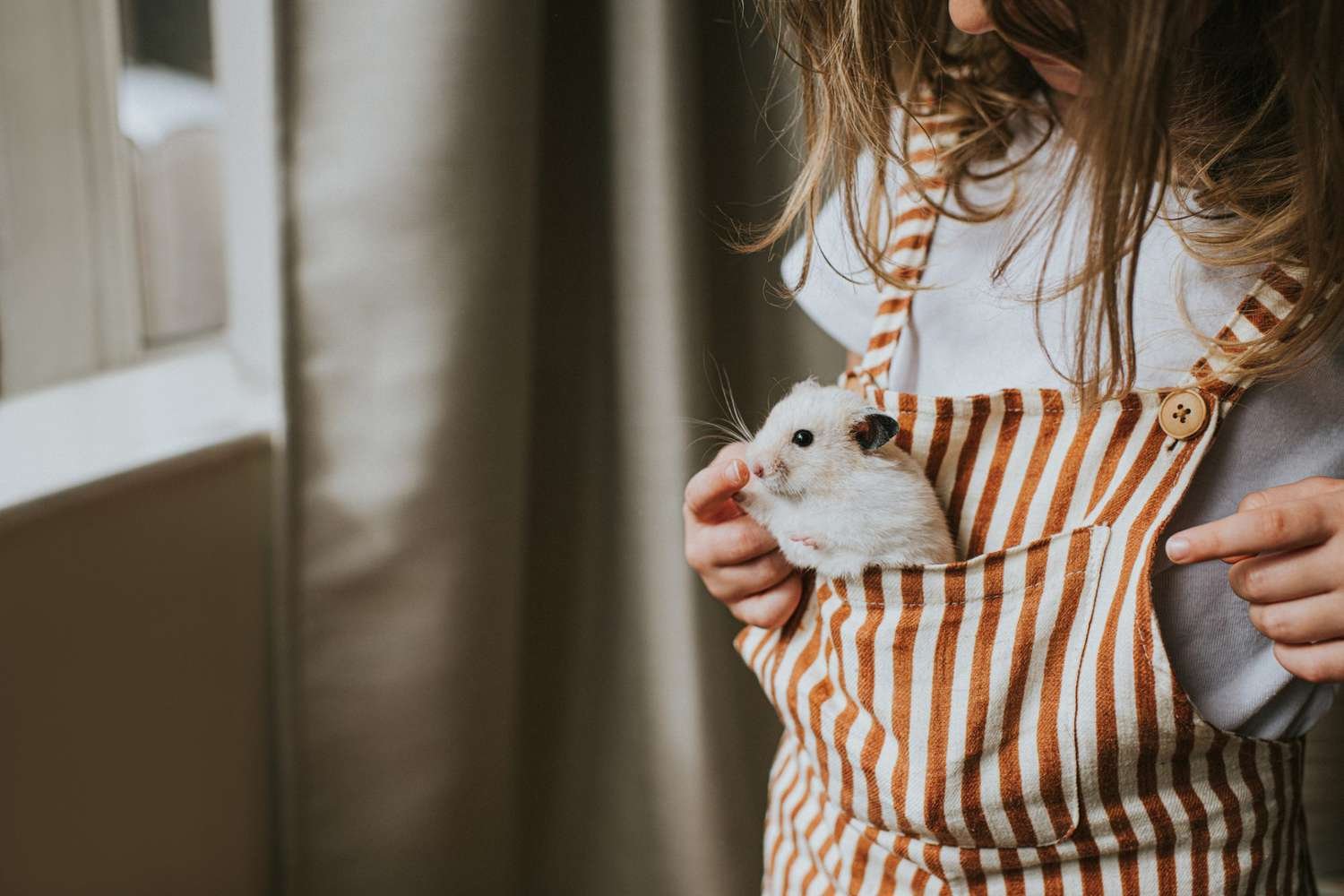Small pets, whether it’s a hamster, guinea pig, rabbit, or a small bird, can bring joy and companionship to a household. Their playful antics and endearing nature make them perfect for children and adults alike. However, while these pets may be small in size, they can carry big health risks—specifically dangerous bacteria that can be harmful to humans. Understanding these risks and taking proper precautions is crucial to maintaining a safe and healthy environment for both you and your pet.
1. Common Bacteria Found in Small Pets
- Salmonella: Perhaps the most well-known culprit, Salmonella is a bacteria often associated with reptiles, but it can also be found in the feces of small mammals such as guinea pigs, hamsters, and rabbits. While humans typically contract Salmonella from contaminated food, it can also be transmitted through direct contact with an infected pet or their bedding.
- Campylobacter: This bacteria, which causes gastrointestinal issues in humans, is most commonly found in small rodents. It can be passed along through contact with their feces or saliva. Campylobacter infection can lead to severe stomach cramps, diarrhea, and fever, especially in children and the elderly.
- Leptospirosis: While more commonly linked with large animals like cattle, leptospirosis can also affect smaller pets, particularly rodents. The bacteria can be spread through urine, and humans can contract it through contact with contaminated water or pet urine. Symptoms in humans range from fever and muscle pain to more severe conditions, such as liver or kidney damage.
- E. coli: E. coli, a bacteria that can cause food poisoning in humans, is another potential risk linked to small pets. It’s primarily found in the digestive tracts of these animals, and human infection can occur through handling an infected pet, their waste, or contaminated surfaces.
2. How Small Pets Transmit Bacteria
Small pets can transmit bacteria in several ways:
- Direct Contact: Handling pets without proper hygiene practices can lead to bacterial transmission. Whether it’s through petting, cleaning cages, or playing, bacteria from your pet can be transferred to your hands.
- Pet Bedding and Habitat: Small pets live in cages or other enclosures that often contain bedding, which can be a breeding ground for bacteria. When cleaning their habitats, it’s easy for bacteria to spread if proper precautions aren’t taken.
- Feces and Urine: One of the primary ways bacteria like Salmonella and Campylobacter spread is through contaminated waste. Pet owners can accidentally track bacteria from pet waste around the house, leading to further contamination of surfaces.
3. Precautions to Protect Yourself and Your Family
While the idea of a small pet carrying harmful bacteria may seem concerning, taking the right steps can help ensure a safe environment for both you and your pet. Here’s what you can do to minimize the risk:
- Wash Hands Frequently: After handling your pet, cleaning their cage, or touching anything that may be contaminated, always wash your hands thoroughly with soap and water. This simple habit can dramatically reduce the risk of bacterial transmission.
- Disinfect Surfaces Regularly: Ensure that any surfaces your pet frequents, such as their cage, play areas, or bedding, are cleaned regularly with safe, non-toxic disinfectants. This is particularly important if you have children or other pets in the house.
- Supervise Young Children: Children under the age of 5 are particularly vulnerable to infections from pet bacteria. Make sure that young children are supervised when interacting with pets and that they practice proper hygiene after handling them.
- Limit Contact with Pet Waste: Be cautious when cleaning your pet’s cage or handling their waste. Wear disposable gloves, and always wash your hands afterward. If possible, keep pet waste away from kitchen and dining areas.
- Vet Visits and Health Monitoring: Regular check-ups with a veterinarian can help ensure that your pet is healthy and not carrying any harmful bacteria. If your pet shows signs of illness, such as diarrhea or lethargy, take them to the vet immediately to prevent further risk to your family.
4. When to Seek Medical Attention
If you or a family member begins to exhibit symptoms of a bacterial infection after handling a small pet, such as fever, stomach cramps, diarrhea, or nausea, it’s essential to seek medical attention. While most bacterial infections can be treated with antibiotics, early intervention can prevent more severe complications. If your pet displays symptoms like lethargy, diarrhea, or unusual behavior, contact your vet to ensure they are free from harmful infections that could affect both their health and yours.
5. The Benefits of Small Pets Outweigh the Risks
Despite the potential risks, small pets can bring immense joy and teach valuable lessons in responsibility and empathy. With proper care and hygiene, the risks associated with pet ownership can be minimized. It’s important to remember that the vast majority of small pets are healthy and safe to handle when basic precautions are followed.
By remaining informed, practicing good hygiene, and maintaining a clean environment for your pet, you can enjoy the companionship of these delightful creatures while keeping your household safe and healthy.

